Dial H for Hitchcock – The Filmmaker and His 10 Films
“A Cinephile deprived of Alfred Hitchcock is a reader deprived of P.G. Wodehouse.”
Alfred Hitchcock is one of the finest filmmakers the world cinema has ever produced. He started working in films during the pre-modern era of history of Cinema and it was his feature film Number Seventeen with which he had risen to prominence. And after that, the filmmaker gave us masterpieces that surely cannot be counted on fingers.
Before I jump on to superlative adjectives for the filmmaker, let me indulge in a personal meandering. My grandfather has always been instructive about eerie horror films of pre-modern and modern era. So, it was a challenge that I had taken when I decided to watch Hitchcock’s Psycho [1960], and needless to say, he turned out to be right. Ever since, I saw Psycho, I embarked on a journey of “Alfred Hitchcock Film Appreciation” that I fondly tag as Binge-Hitching. Subsequently, I have been “Dialling H for Hitchcock”. Alfred Hitchcock had impeccable knack in weaving characters with psychological intricacies and introduced plot twists in his films at perfect timing; and his planning as helmsman of the ship was something that we can observe in his films.
His films have minute details and his camerawork is squeaky clean and hence praiseworthy, notwithstanding the fact that he had mastered the art of using plot devices in films – Not just MacGuffin (read on to know some others). His films are always an interesting subject in Cinema; something that has led this article of 10 Films by Alfred Hitchcock.
Here’s the list of 10 Best Films by Alfred Hitchcock that I binge-watched recently –
1. Dial M for Murder [1954]
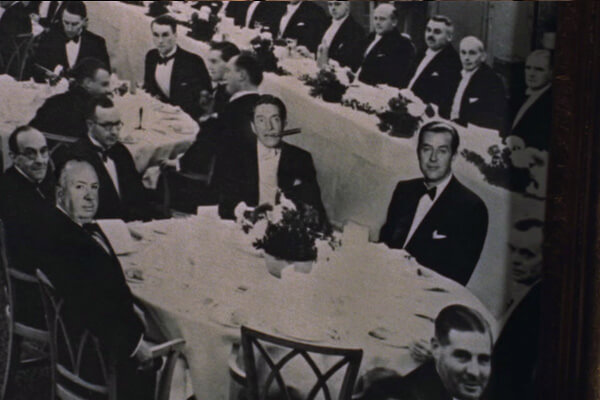
Dial M for Murder is an edge of the seat film noir that never digresses from its objective. With an incredible screenplay, Alfred Hitchcock weaves the story using extramarital affair as the main narrative thread. However, the film is not only about it. The film touches upon theme of avarice and the atrocity a human mind is capable of because of greed. The extended dialogue exchange is the best part of the film along with Grace Kelly’s excellent performance. The ethereal beauty has adapted the mannerisms of the character superbly. Hitchcock also uses 4 different plot devices in a letter, a photo frame, a suitcase and the key(s) and unleashes the suspense explaining everything.
2. The 39 Steps [1935]
It was The 39 Steps in which Hitchcock had mastered the use of plot device known as MacGuffin. The film tells a story of a wrongly convicted man (a theme that is rampant in Hitchcock’s filmography). It is a taut thriller with an impish tone and has lot of British Humour and thrilling moments. The British film has some indelible characters in Richard Hannay (played by Robert Donart) and Mr. Memory – a character that is used to hilarious effect by Hitchcock and he also reveals the MacGuffin. The conspiratorial element in this espionage film is excellently tied with the narrative thread making it one of the best films by Alfred Hitchcock.
3. The Lady Vanishes [1936]
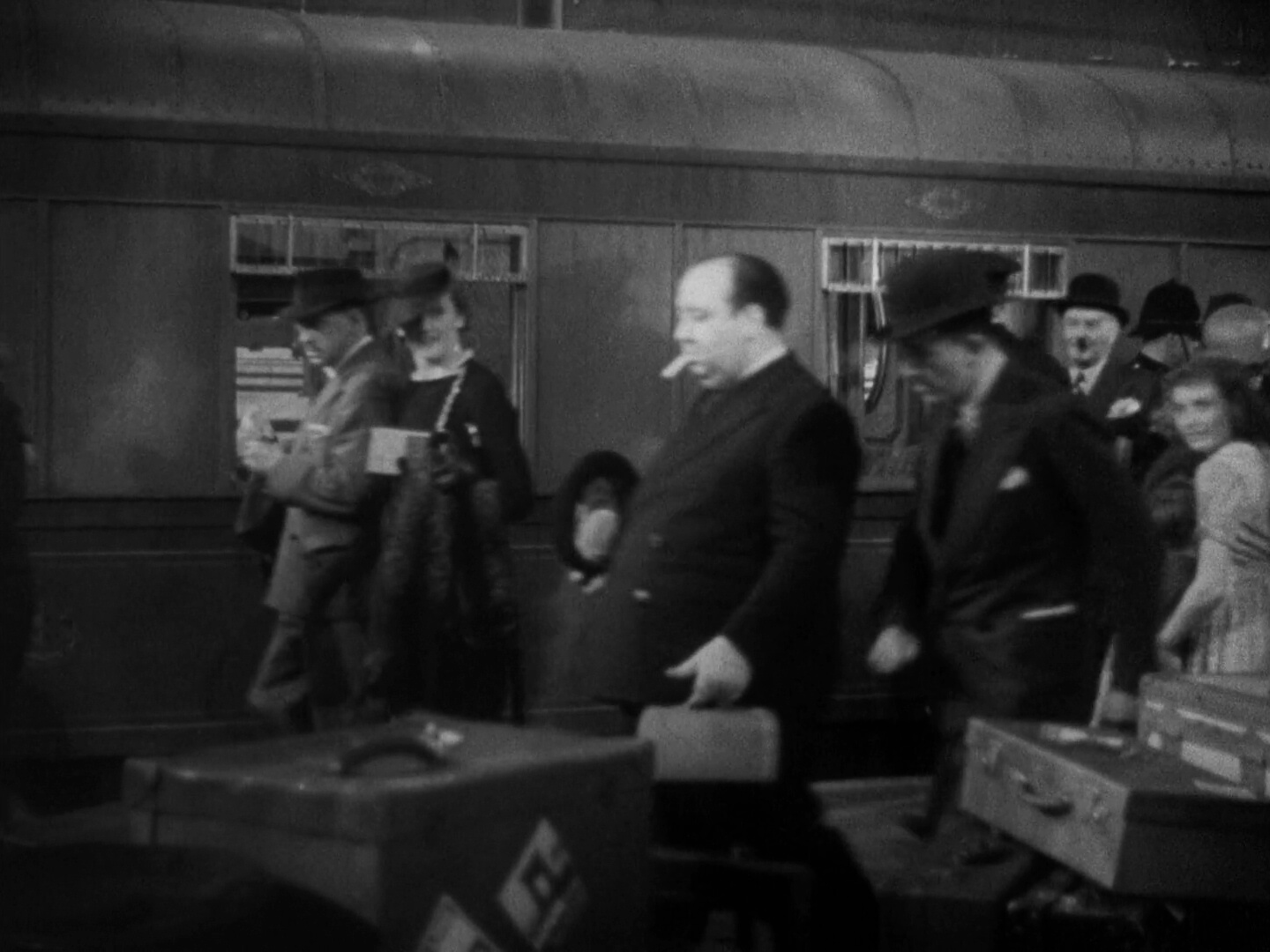
This is a captivating mystery thriller about a lady that vanishes during a train journey. The Lady Vanishes is a black and white visual delight – the eminent filmmaker has captured the beauteous mountains in the most mesmerising way and has shot the train scenes beautifully. Apart from that, we get to see some great performances in characters of two british pseudo-intellectuals and the leading characters of Iris and Gilbert. The film depicted the situation during the World War period and uses it as a narrative tool. The use of superimposition (the editing technique) is worth mentioning as the film uses it thrice in different sequences for different purposes (do not miss to spot.) Despite all other factors, it is the screenplay and storytelling that takes the cake.
The Lady Vanishes [1936]-Blu-ray
4. Sabotage [1936]

It’s a quick edge of the seat kind of thriller of just 78 minutes runtime, which manages to give moments that will remain unforgettable for me. The queer used of camera in some scenes, with some great editing (all the scene transitions are smooth) makes this film eminently watchable. The Time-bomb sequence and use of German Expressionism in the end conflict scene are two things that stand out in the film. Apart from that, Alfred Hitchcock has portrayed his antihero with lot of psychological depth and shows how capable humans are in manipulating their own intentions according to their needs. Do not miss the last scene that turns out to be the highlight of the film.
5. Strangers On A Train [1941]

It’s fair to blame Alfred Hitchcock for making me cynical about people in train and ‘Strangers on a Train’ certainly does that. The film tells the story of a tennis star who happens to meet a weird co-passenger in a train who approaches him with a crazy exchange of murder offer. What follows is an enthralling thriller wherein we get to watch some great moments in cinema including the Carousel sequence wherein Hitchcock uses a grotesque to resolve the screenplay. Apart from that, the psychological traits of the antagonist and the oedipal conflict angle imbue an indefinite ambiguity. The movie is shot as a perfect film noir and happens to be one of the best psychological thrillers by Hitchcock.
Strangers On A Train [1941] – DVD
6. Lifeboat [1944]
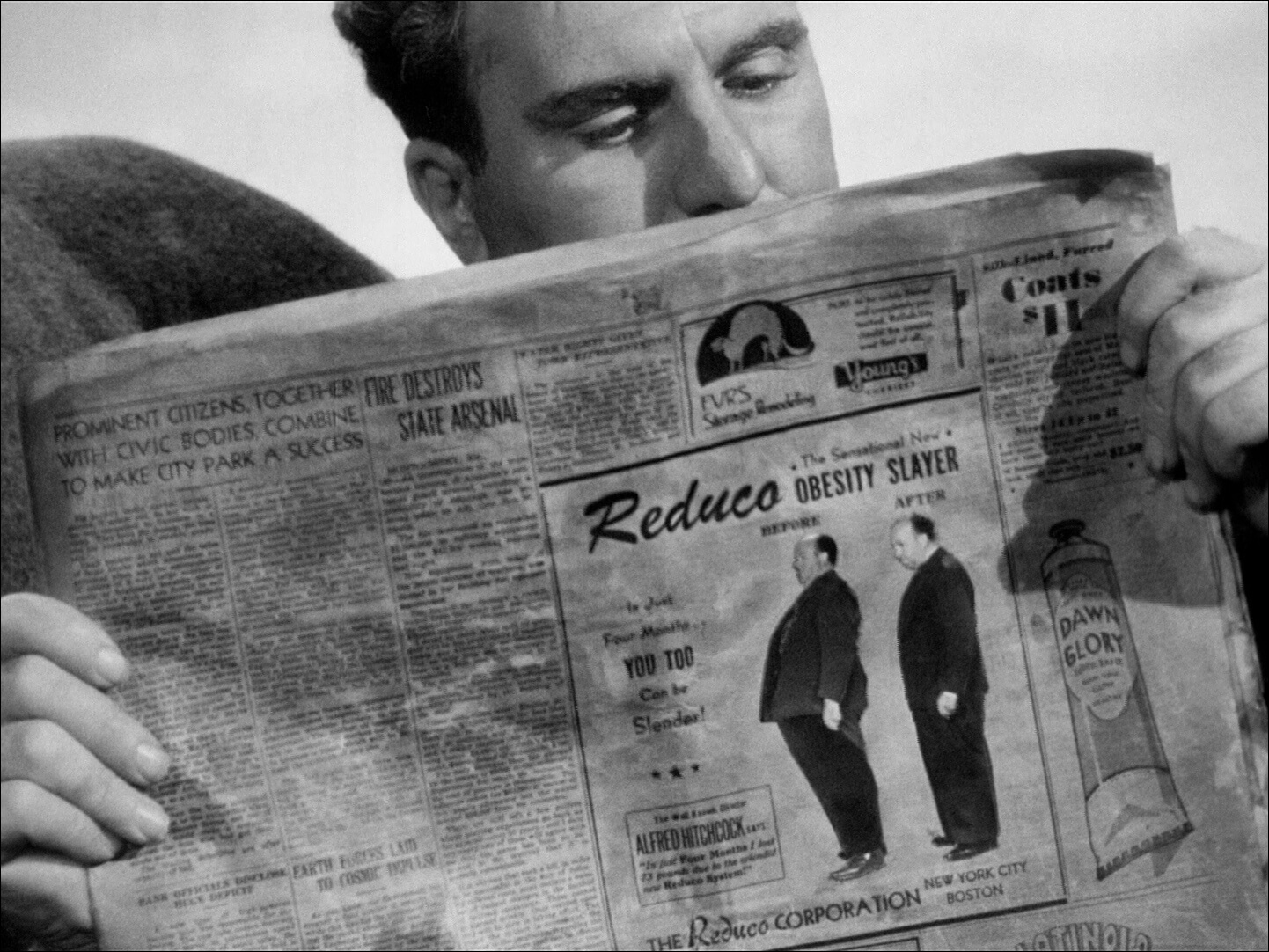
Lifeboat is an antiwar film by Alfred Hitchcock. It tells the story of different kind of characters that happen to serve in U.S. Navy during World War – II who embark a lifeboat after their battleship gets destroyed by a torpedo. Unlike other antiwar movies (like Kubrick’s Paths of Glory), this one doesn’t show any scenes of battle. The film depicts internal conflicts of the character. It is only after a German Captain joins them on the lifeboat; it gets interesting to observe viewpoints of all other characters, which has roots in their origin (that has shaped their mindset). The film has lot of funny sequences and Hitchcock’s cameo is unexpected and hilarious – one clever guy he is.
7. Rope [1948]

This is the most underrated film by the legend that Alfred Hitchcock is. The film teaches how to adapt a stage drama and make a movie out of it. The advocacy of devil is a rampant theme in Hitchcock’s filmography, and the filmmaker weaves the story using that philosophy as a narrative thread. The performances are brilliant and Joan Chandler looks so gorgeous that you won’t be able to take your eyes off her. What stands out in the film is Alfred Hitchcock’s idea of shooting the whole film in Pans and isn’t-ness of cuts portrays the film as an archetypal drama in the purest form. However, he does take few cuts – but in the most “jugaadi” manner – Do spot those moments!
‘Alfred Hitchcock’ Ceramic Mug (7.62cm x 7.62cm x 9.39cm) (sponsored by Amazon)
Rope [1948]-DVD
8. The Trouble With harry [1955]

This is another less talked about film by Alfred Hitchcock. If you are looking to watch the best thriller by Hitchcock, then let me tell you, ‘The Trouble with Harry’ isn’t that. However, if you have an appetite for dark comedy, then go for this one. The film tells the story of man who mistakenly shoots a man during his hunt thinking that the man is a rabbit. Sounds funny? What’s funnier is its dialogue, sequences that follow and wry humour that is used throughout in the film. Hitchcock’s discerning eye for picturesque locations chip in as we see some great cinematically rich frames. Do not miss to notice how Hitchcock shoots the first and last scene in the same day (something that he does often in his films) – much reason for producers to be happy!
The Trouble With harry [1955]-DVD
9. Rear Window [1954]

It tells the story of a man who becomes a voyeur in his days of complete bed-rest due to the broken leg. Rear Window is the film that deals with the main characters internal conflict. The protagonist is in total conundrum when it comes to his love life and he wants to be busy to avoid the internal conflict, which makes him choose voyeurism subconsciously. The performances by James Stewart and Grace Kelly are excellent, but what stands out is how Hitchcock makes this film a visual delight by capturing the architecture by some clean camera work – something that would go on to be emulated by Wes Anderson. Perfect camera angles, innovative idea and use of psychological trait (voyeurism) as the main narrative thread makes this film triumphant.
Alfred Hitchcock’s Movie Making Master Class: Learning about Film from the Master of Suspense
10. Psycho [1960]
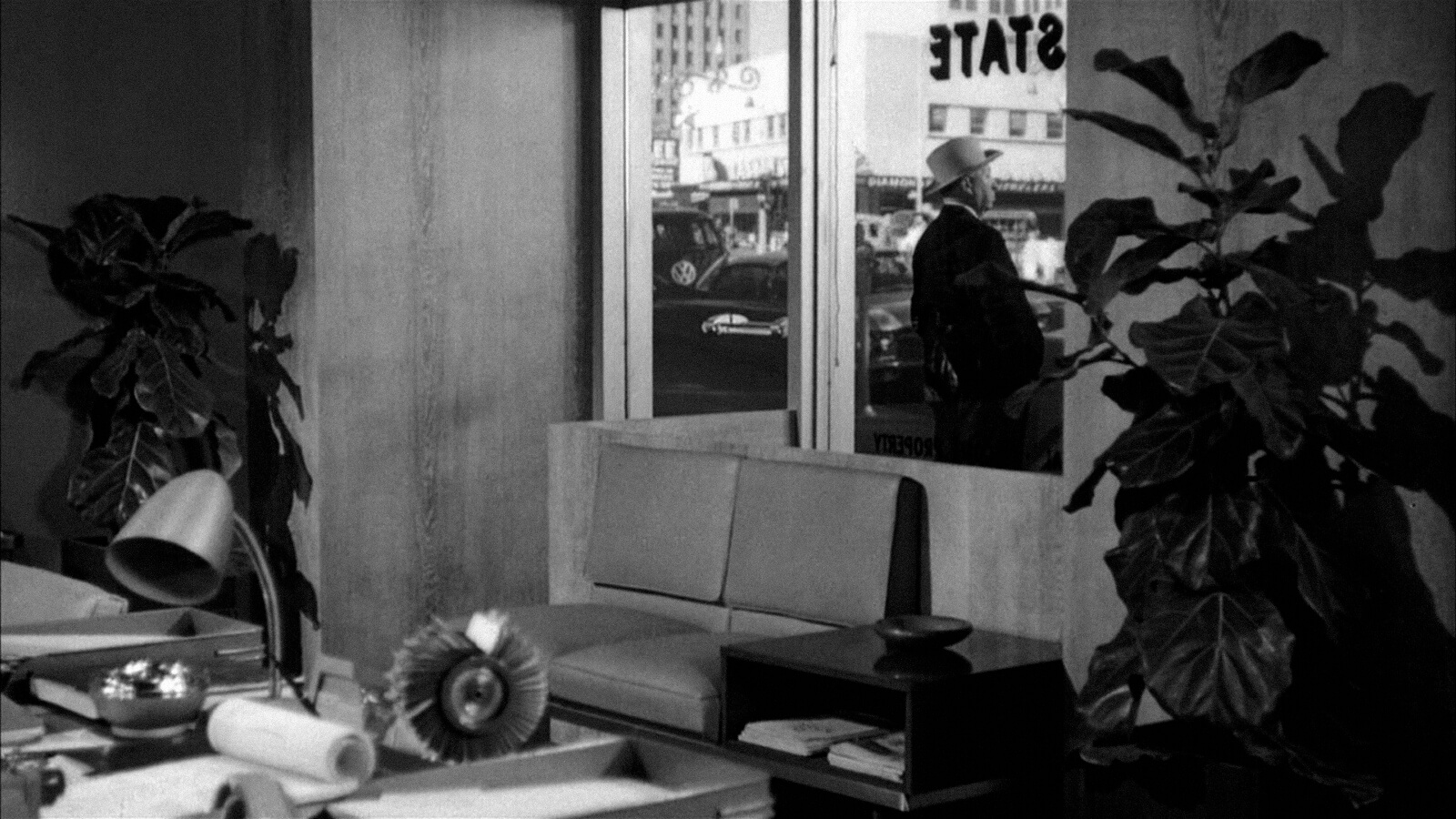
Psycho is a psychological horror film by Alfred Hitchcock. The film touches upon lot of stuffs – the Freudian Oedipus complex, domination of mother on son (a rampant theme in Hitchcock’s films that was discernible in Strangers on a Train too), and the psychological intricacies of the character of Norman Bates. Hitchcock has created the most eerie scenario and has taken shots of protagonist’s adobe in a way that makes it look more like a ghost-house. Anthony Perkins is spot on with character portrayal and mixes the expressions of fear and restraint with German Expressionism. After watching this super scary film, you will avoid standing under a shower the next morning.
Alfred Hitchcock is known as master of suspense and has touched upon many themes in his filmography. Another thing Hitchcock was famous for is his cameos, something that happens to be the reason to choose cover images for all the films.
You may also like : Best of Iranian Director Majid Majidi
I will be busy Dialling H for Hitchcock and will come up with more detailed and interesting articles on his oeuvre.


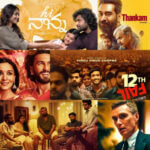


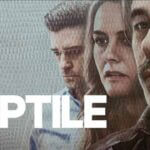



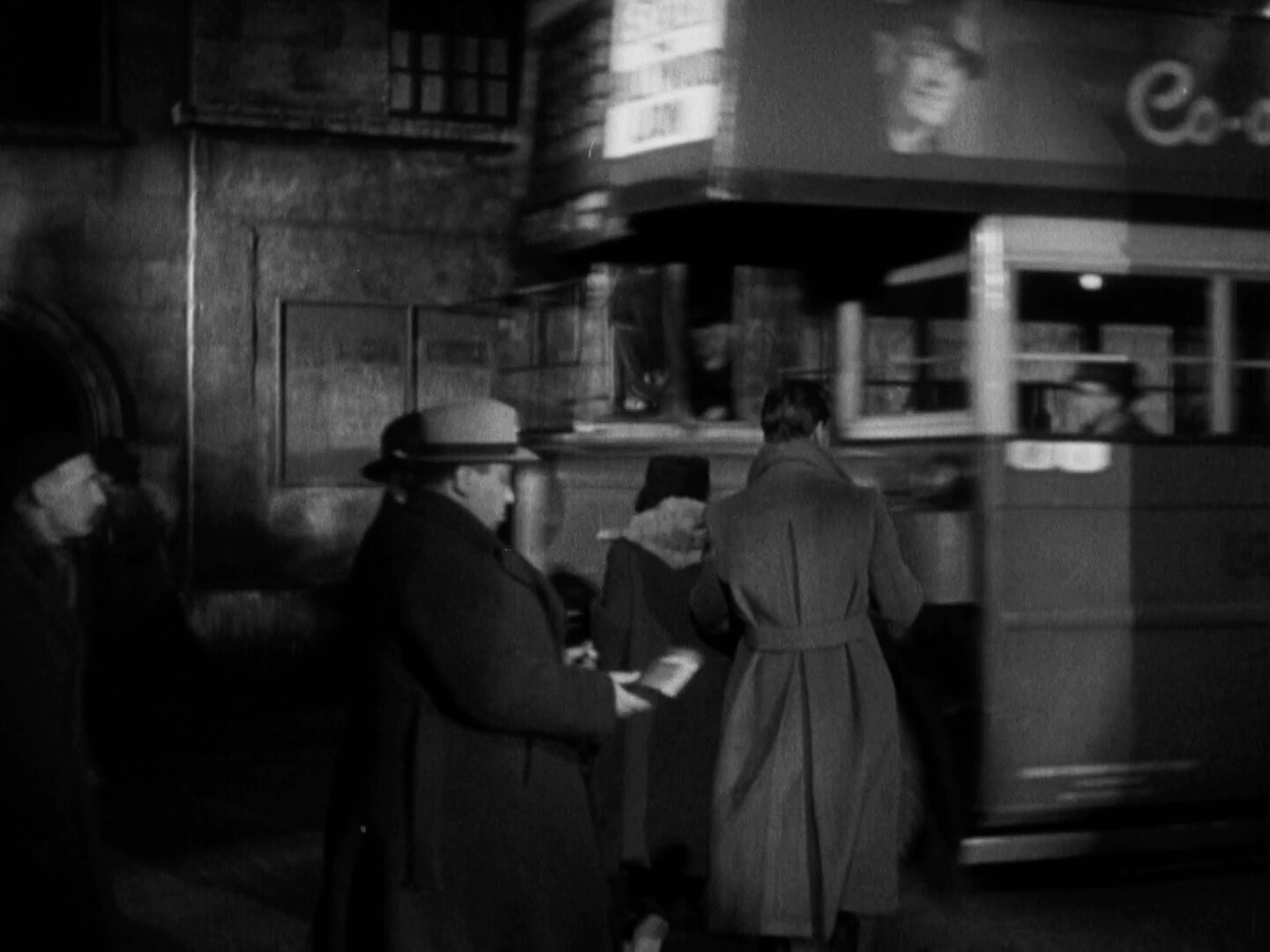
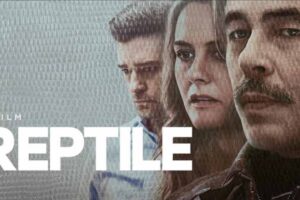
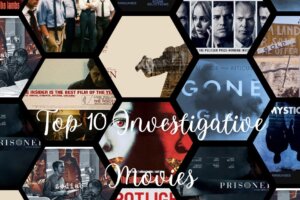
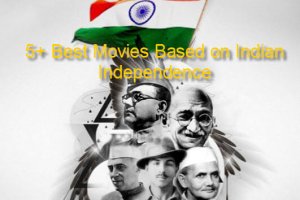



Add Comment